Bath system, Mohenjo-daro, Sindh, Pakistan (3300-2700 BC)*
Artist/Designer: Designer Unknown
Project Location: India


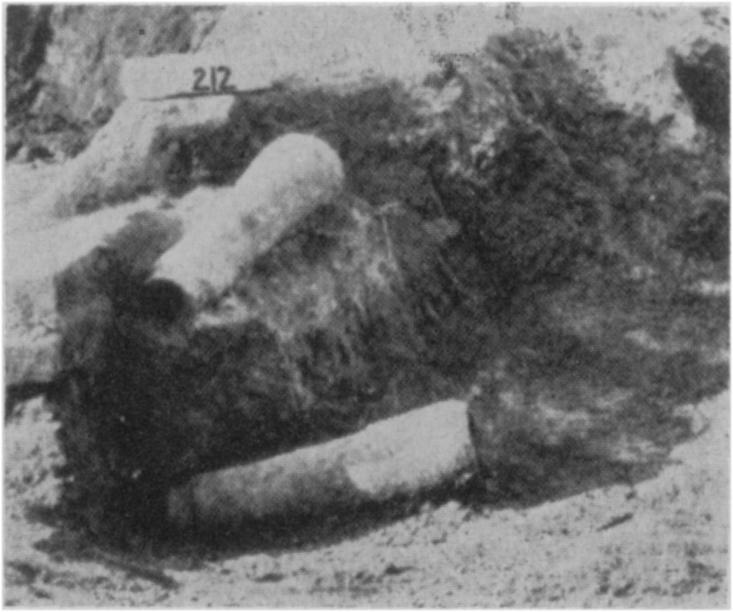
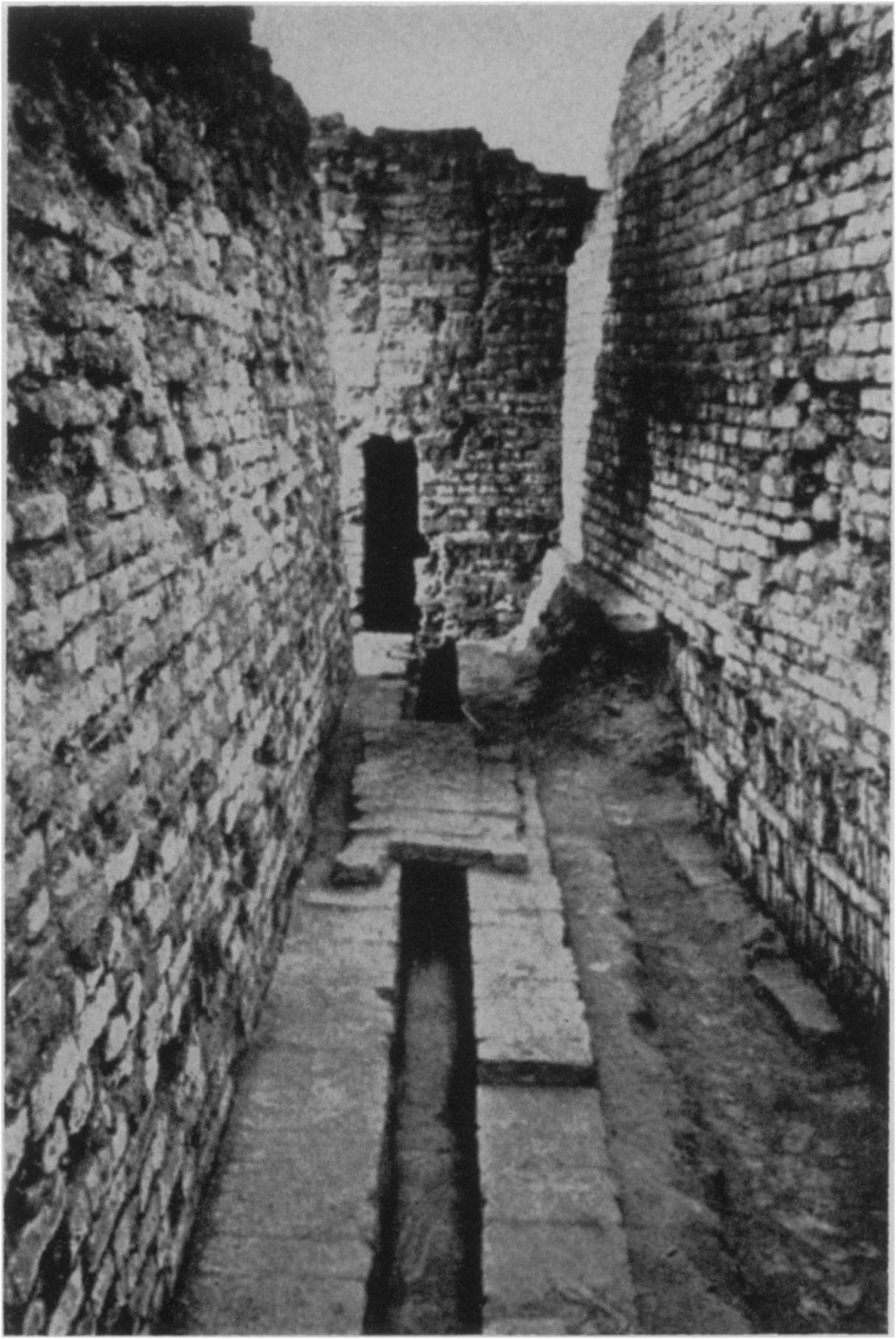
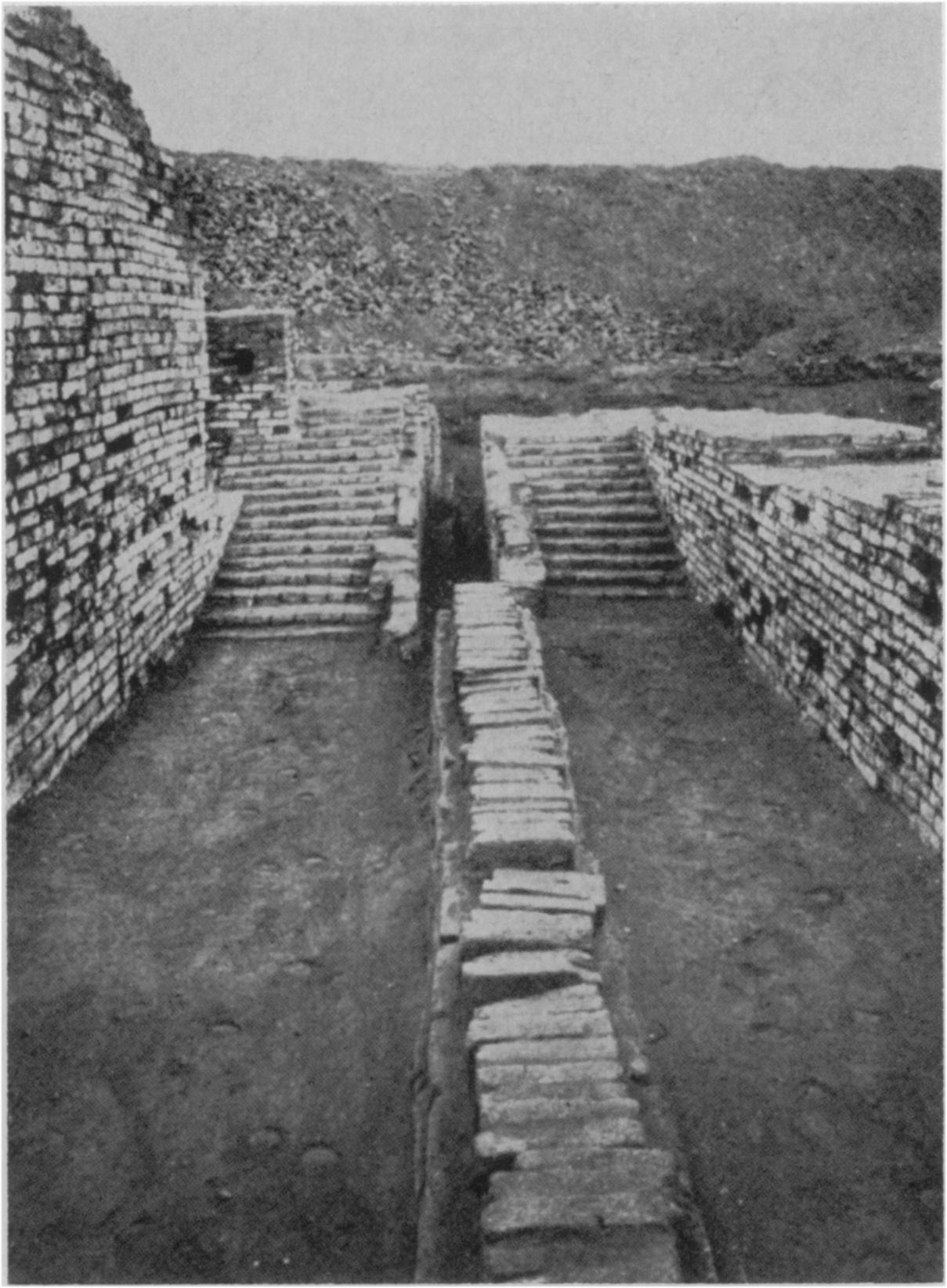
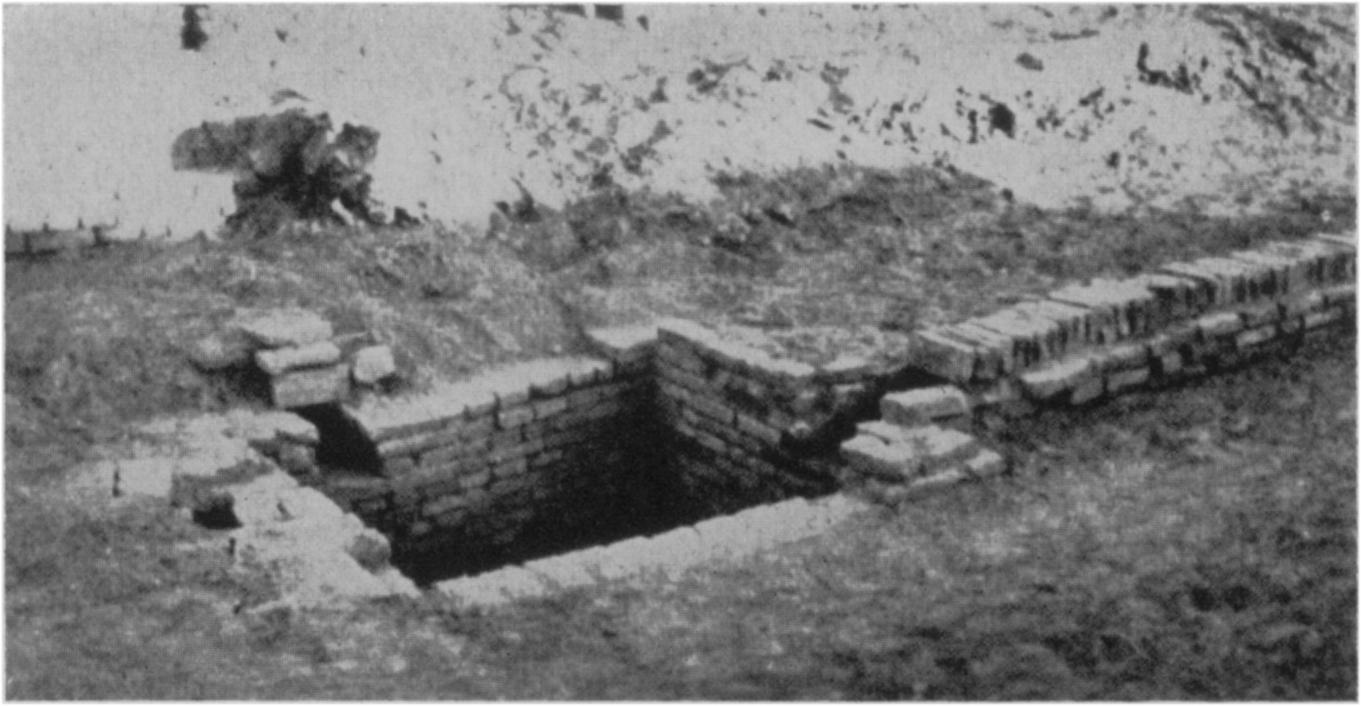
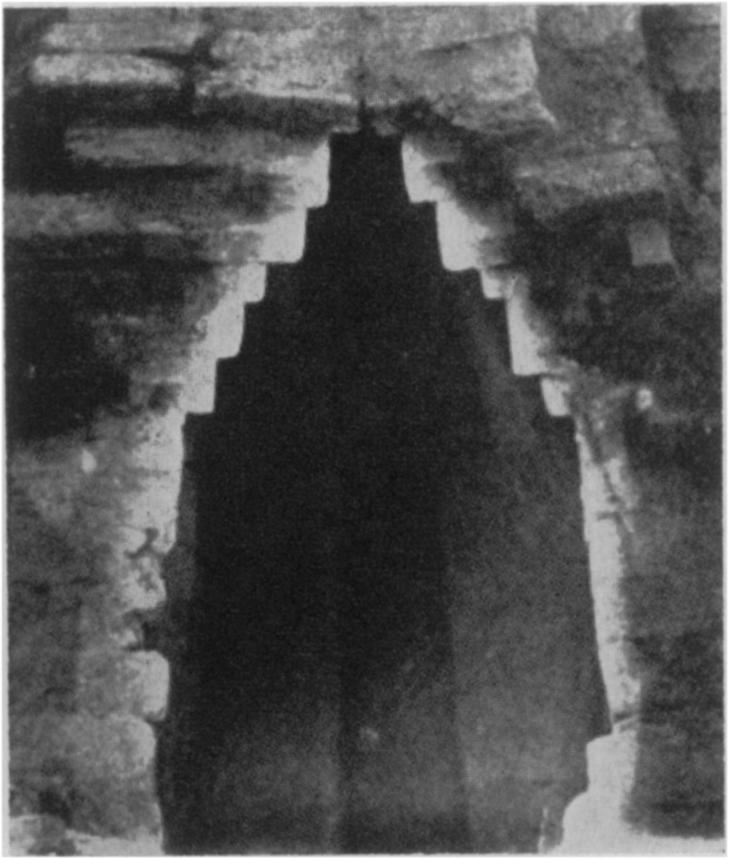
Style/Period(s):
Vernacular
Primary Material(s):
Stone, Brick
Function(s):
Health Facility
Related Website(s):
Significant Date(s):
B.C.E
Additional Information:
In Mohenjodaro practically every house was connected to the sewer; practically every house had a bathroom, and practically every house had a water-flushed latrine. The bathroom was always placed on the street side of the building for convenient disposal of water. Between the bath and the street wall was the latrine. The bathroom and latrine were sometimes on the ground floor and sometimes on the floor above, in which case the water and human waste usually ran down a brick channel in the thickness of the wall. The spillways of these channels were stepped so that the water pouring down would not splash passengers in the street.
The bathroom itself was usually a smaller rectangular or square room with a sunken, carefully laid brick pavement, which sloped on one corner. In the corner was the outlet connected to the street sewer.
Publications/Texts in Print:
Chaudhury, N. C. Mohenjo-Daro and the Civilization of Ancient India with References to Agriculture. Calcutta: W. Newman & Co, 1937
Mackay, E. J. H., ed. (1937). Further Excavations At Mohenjo-daro: Being an official account of Archaeological Excavations at Mohenjo-Daro carried out by the Government of India between the years 1927 and 1931.
Marshall, John Hubert, ed. (1931). Mohenjo-Daro and the Indus Civilization: Being an official account of Archaeological Excavations at Mohenjo-Daro carried out by the Government of India between the years 1922 and 1927. Arthur Probsthain
McIntosh, Jane (2008). The Ancient Indus Valley: New Perspectives. ABC-CLIO, 2008.
Rossi, Adriano V. "Jonathan Mark Kenoyer and ISMEO – Occasions in Continuum." In Walking with the Unicorn: Social Organization and Material Culture in Ancient South Asia: Jonathan Mark Kenoyer Felicitation Volume, edited by Frenez Dennys, Jamison Gregg M., Law Randall W., Vidale Massimo, and Meadow Richard H., V-Viii. Summertown: Archaeopress, 2018.
Webster, Cedric. "The Sewers of Mohenjo-Daro." Journal (Water Pollution Control Federation) 34, no. 2 (1962): 116-23.
Building Address: Present-day Larkana, Sindh, Pakistan
Significant Dates: 26–25th century BCE
Tags: Indus Valley, Civilization, Archeological sites, Sophisticated drain, Bath culture, Bathing culture, BCE. Ceramic, Bathing, aqueous, hygiene, hygienic, health
Viewers should treat all images as copyrighted and refer to each image's links for copyright information.